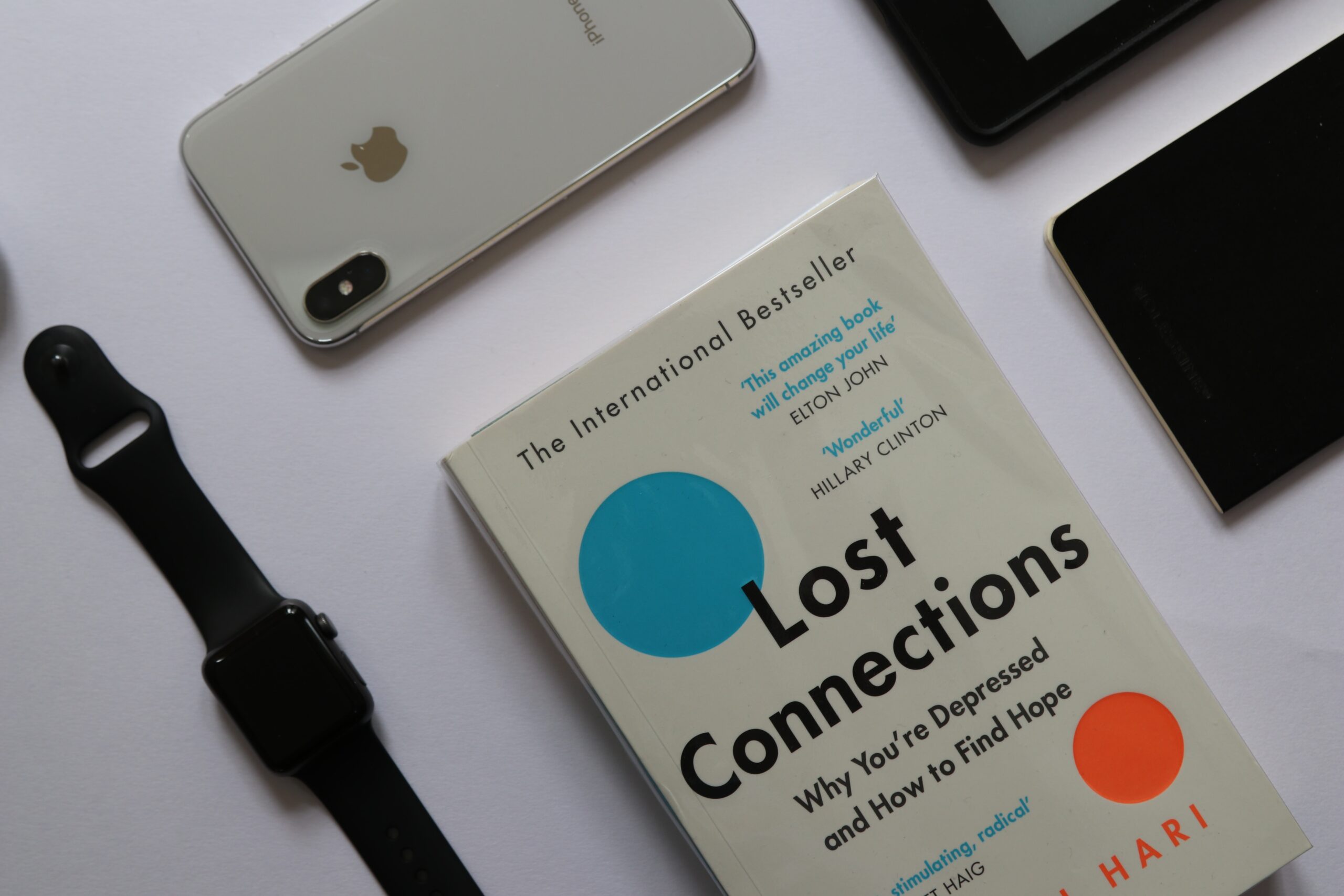This year has been a year to remember for all the wrong reasons. It hasn’t started the way anyone hoped it would. With the Coronavirus growing from a disease in a single town in China to a global epidemic in just a few months, the global economy has had to endure a brutal beat down.
An article on Bloomberg suggested that the global economy could go one to lose $2.7 trillion in 2020 alone. And we have already started to see this in effect. The manufacturing industry and all companies in the service industry have been hard hit. This has plunged their sales and operations into a near standstill. This is because governments all over the world have taken measures to curb the spread of the disease. The consequent lockdown has seen companies either move their staff to remote operations or shut down completely.
Schools haven’t been left out either. Across all levels of education, schools have closed en masse in all the countries hit by the pandemic. This has put over a billion kids and youth out of school. This is about four times the 285 million children and youth that have been kept out of school as a result of poverty, discrimination, national and local conflicts, and natural disasters combined. With missing just a few days of school having a noticeable effect on a child’s learning curve, we can guess how devastating it would be to lose a few months or an entire year of school.
Consequently, the education system has had to rethink its strategy to keep students engaged so that their education timeline is not altered severely. But beyond education, finding ways to keep students connected with their teachers, instructors, friends, and family members living away from them helps to significantly cushion the effect of the lockdown by keeping their schedule pretty much the same.
Thankfully, we live in an age where technology can help make this happen. We’ve outlined a few ways students can stay connected on top of their academics while doing all they love with friends and family.
Online Learning Portal for Continuous Learning
Online learning is not a new invention, and there are a plethora of statistics to prove it. According to a report by Skill Scouter, the global online learning industry has experienced a stratospheric growth of 900% since 2000. What’s more, the size of the e-learning industry is expected to triple in size by 2025.
This growth is inevitable, given the success; this method of learning has experienced since it’s popularization. Platforms like Teachable, Udemy, Lynda (now LinkedIn Learning) are some of the most popular learning platforms. These e-learning solutions boast tens of millions of students every year between them and hundreds of millions in revenue. And the growth of the entire e-learning industry has also caused a subsequent increase for complementary services like research paper and academic writing firm Uvocorp, and writing service reviews recommendation companies like Best Writers Online.
The e-learning method has also since been incorporated into the academic system. According to a 2014 report from Online School Center, about 5.8 million (30% percent) college and university students in the US participated in some form of distance learning. Also, between 2012 and 2015, the percentage of online learners under the age of 25 grew by 12%, from 13% to 25%. This gives the impression that students are becoming less concerned about how they get their degrees as long as they get it.
From the statistics above, there hasn’t been a better time for all levels of education to switch to an online learning environment for swift academic delivery. Schools that haven’t already implemented this can quickly adapt their curriculum and lessons for online tutoring. This is to ensure that students do not lag in their academic work.
This can be done by creating an online portal on the school website where students can log in every day and take the lessons scheduled for that day.
These lessons can be in the form of a live stream but should also be available for replay. This will help to maintain a self-paced convenience of learning, accessibility, and scheduling flexibility for both students and their teachers. Additionally, each lesson, although available for replay, can still have an expiry period attached so that students do not forget the urgency of their education.
These learning portals should also have an integrated forum where students can pick up and submit their assignments and also discuss with teachers and students about the lessons.
Utilize Video Chats to Connect With Family and Friends
Thankfully, in 2020, video calls and conferencing are straightforward to organize. With the right tool and with just a few button clicks, anyone can be connected to everyone else from any part of the world.
Many students have friends and family members that either live a few states away or even on another continent. With the global lockdown, regional and international travel has come to a near standstill in most countries, all but ruling out the idea of traveling to see family or friends.
To stay in touch with family and friends in this period, make use of video conferencing software. Obvious options for this include Zoom, Microsoft Teams, or good old classic Skype. If you want to connect with just a few people, you can go with options like iOS’s Facetime, or Android’s Google Duo. Even the newly released video conferencing feature known as Messenger Rooms. Like Skype and Zoom, Messenger Rooms can take up to 50 people on one call—that’s a mini family reunion waiting to happen for people with large families.
Since the turn of the year, most video-call software has gone up in usage numbers as a direct response to the global pandemic. Zoom, for instance, has experienced tremendous growth, moving from a previous maximum of about 10 million daily active users to a massive 200 million daily active users by March 2020.
These users are made up of all kinds of organizations, from charities and school districts to corporate offices and political parties. So it makes sense that students currently at home should take advantage of the boom in video calling to connect with their friends and family who they cannot get to see face-to-face. Video calling is the closest they can get to that for now.
Organize a Virtual Movie Night or Gaming Session
Watching a movie or playing a video game is a standard wind-down ritual for many people during their time away from work or school. With the current lockdown and Coronavirus dominated, people can decide to watch their favorite movie, binge on their favorite series, or dust off their old gaming consoles and play a game.
This is a perfect way for students to remain connected with their friends whenever they’re not in school or having online classes. With Netflix Party and Disney Plus, anyone can sync their favorite show with their friends and loved (as long as they’re also Netflix users) ones so that they can all watch together—the perfect movie hang out. They also come complete with a group chat function so you can discuss the movie/series and anything else.
If movies are not your thing, you can connect online with your friends, fire up your PlayStation, Xbox, or Nintendo Wii and compete with each other online for the top of the leaderboard.
Final Words
While the lockdown and social distancing measures are a real threat to life as we know it, it should not get in the way of our communication. With all of the strategies mentioned above, life can still go on with relative normalcy. Students can still connect with their teachers and continue their education while also connecting and hanging out with friends and family and making happy memories together.

